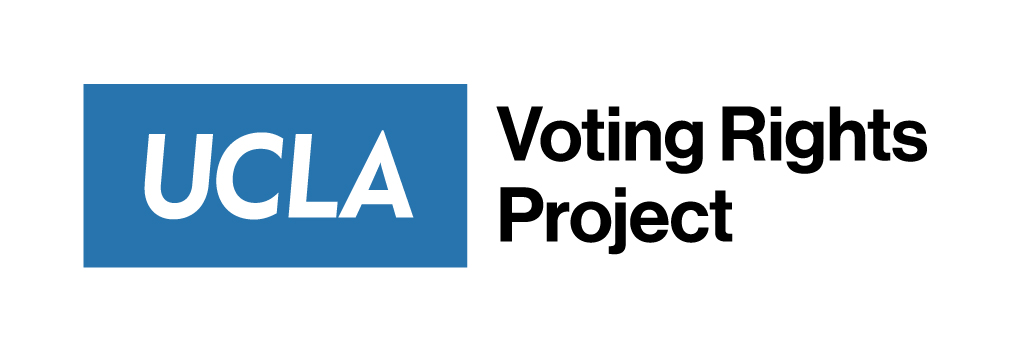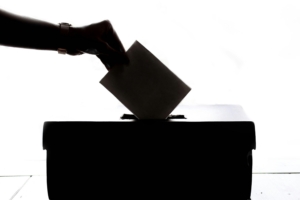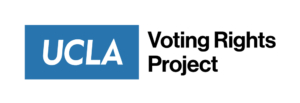In Thornburg v. Gingles, the Supreme Court provided the elemental test for vote dilution claimsunder § 2 of the Voting Rights Act. In part, § 2 requires Plaintiffs to prove that voting patterns within thechallenged jurisdiction are polarized by race. Because most states do not track the race of voters, socialscientists developed statistical methods to make the evidentiary showing required in Gingles. Thesemethods are decades old and are often the subject of intense scrutiny in vote dilution trials. In somecases, the size of the jurisdiction and the quality of the voter file and voting records prevent plaintiffsfrom meeting their burden of proof. Analyzing the presence of racially polarized voting will be one ofthe most important issues during and after the 2021−22 redistricting round. Within the last year, aninnovative method adapted from other fields of study has been applied to the racially polarized votinganalysis in vote dilution cases and has been approved by a federal district court and the Second Circuit:Bayesian Improved Surname Geocoding (BISG). BISG has received little scholarly attention in legalscholarship addressing voting rights yet promises to be the most critical advancement in detecting votedilution in decades. This Article seeks to showcase this method, equipping voting rights advocates andgovernments alike in their effort to secure equal voting rights nationwide. This Article argues that BISGshould be used by voting rights advocates as an additional method to bolster racially polarized votinganalysis conclusions when the necessary data is available and of sufficient quality. Further, BISG shouldbe utilized by governments in jurisdictions with limited access to American Community Survey ordecennial census block data to redistrict in compliance with § 2.
Contributors: Matthew Barreto, Michael Cohen, Loren Collingwood, Chad



